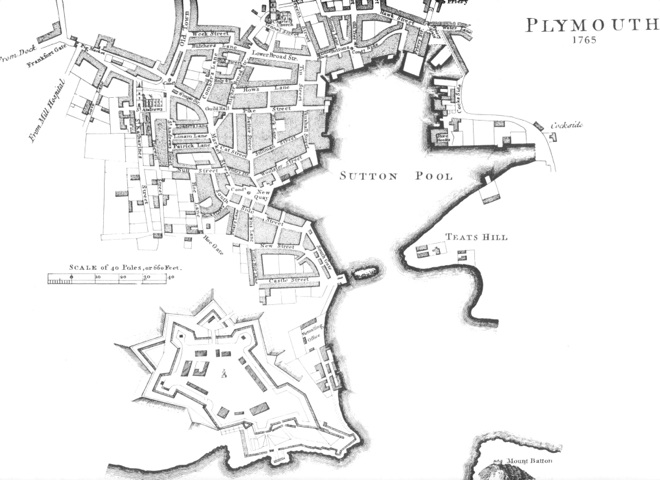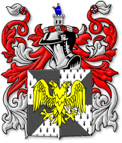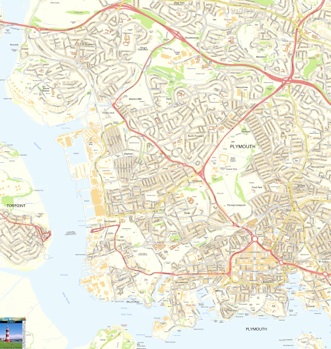

Plymouth Information
Back to: Plymouth Location Map
Back to: Goodmans In Cornwall & Devon Map
You may need to expand and/or scroll this page.
See also: Devonport Information
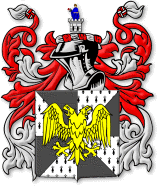
During 11th Century the River Plym silted up and so the many successful trading merchants settled further south to Sutton (meaning South Town). After many attacks from the Continent its superb harbour was seen as a vulnerable place for invaders and so was fortified and renamed Plymouth by Henry VI. However the attacks continued and so the British Navy moved in along with a castle (1596) and a large number of fortifications, The Barbican. A chain could be pulled up from below to foul marauders ships.
In 1581 Sir Francis Drake became Mayor for 12 years. In 1588 he defeated the Spanish Armada after he’d finished his game of bowls on The Hoe. In 1620 The Pilgrim Fathers set sail for the Americas. In 1690 a vast ship building area was established slightly further up the coast which remains to this day -see further Goodman information on Portsea.


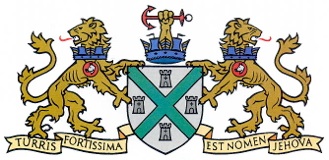
Coat Of Arms The monacle reflects the faith of the city:
The Name Of The Lord Is Our Strongest Tower
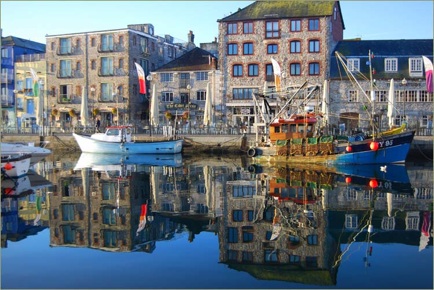

The harbour front is a much calmer place these days.
The fortifications around the castle are called The Citadel.
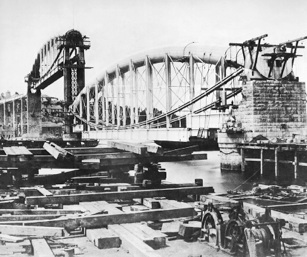
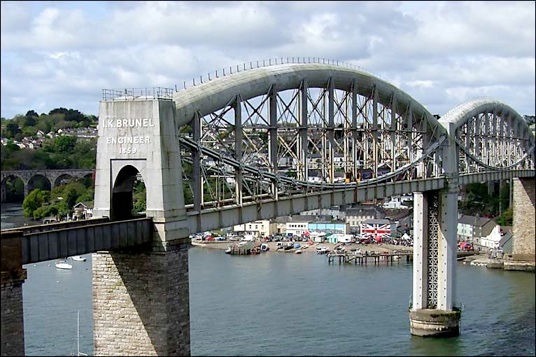
A short distance up the western side of the Plymouth peninsular was The River Tamar which marks the border with Cornwall. For centuries it had only been traversed by a ferry. As modern transport developed this became a bottleneck for trade and so in stepped Engineer Isambard Brunel of Portsea. The Admiralty placed very difficult parameters for the height and piers of the new structure so he designed a flamboyant bridge for his broad gauge Great Western Railway that fulfilled the requirements and placed no stress on the precarious strata of the sides of the valley. Even though the main contractor went bankrupt in the middle of construction he completed it in two years in 1859. Even whilst being built it became a tourist attraction and for evermore afterwards. Today it has Grade 1 Listed preservation.
By 1643 roads were developing and Sutton had been renamed.
By 1860 modern commerce was thriving because of Brunel’s excellent communications.
Even by the 1760‘s the harbour was still called Sutton Pool.
Prince Albert Bridge at Saltash over the River Tamar
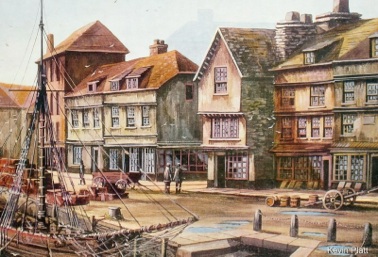

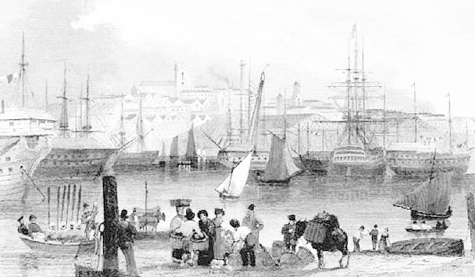
No wonder Drake was so confident when he looked out across Plymouth Sound knowing that he had one of the best Navies in the world. Second only to the Spanish who had more ships and were more disciplined. Drake had luck with the prevailing winds and the King Of Spain was more interested in book-keeping than military campaigns. Elizabeth was pleased at the defeat. He also was the first English to sail around the world.
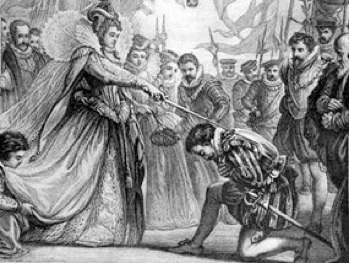
Modern street names: Plymouth, Devonport & North prospect (click to enlarge)
